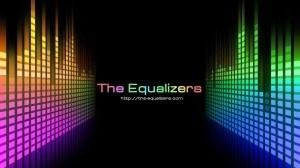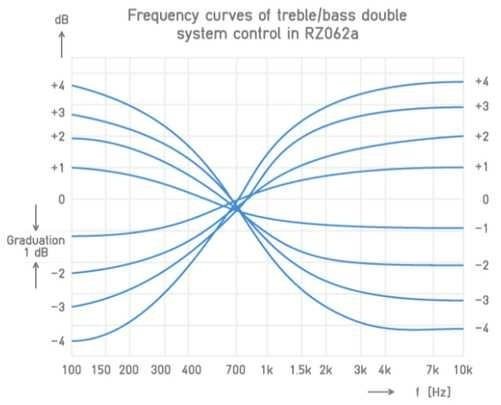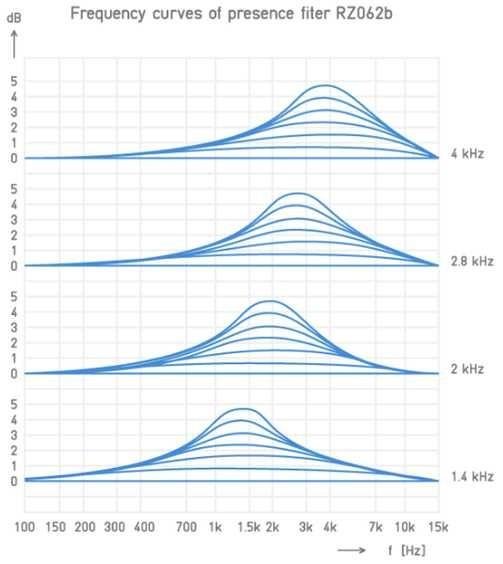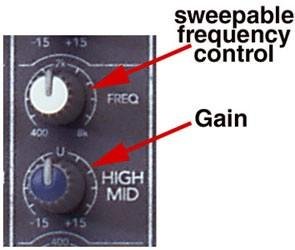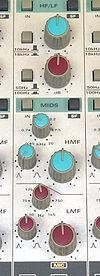The Equalizer [EQ]
We defend the equalizer in our previous article, as a device used to boost or cut the signal of a particular frequency range or a device which adjust the amplitude of audio signal.
So In article we will focus on:
. EQ types
. EQ functions
. EQ controls
But first lets start with understanding the term equalization.
Eaulization is the procedure of adjusting the steadiness between frequency add-ons inside an electronic signal . Probably the most good recognized use of equalization is in sound recording and reproduction, however there are a lot of other applications in electronics and telecommunications. The circuit or gear used to gain equalization is called an equalizer. These instruments give a boost to (raise) or weaken (cut ) the vigor of specified frequency bands or "frequency degrees"
EQ functions
. EQ are used to remove or add frequencies of audio signals.
. EQ are being used to create separation between the individual tracks of a mix.
They are mainly two types of equalizing namely
. Corrective equalizing
. Enhancive equalizing
The corrective equalizing :
Just like the name implies, this implies the use corrective equalizers to
restore a sound
impoverished frequency response in halls or rooms
compensate bad recording due to bad microphone choice or placement.
The Enhancive equalizing:
This are used to :
make sounds better
make sounds different
create better blend between instruments
create a better separation between individual sounds in a mix.
create dynamics in music
to make interesting effects (like a telephone voice)
Equalizing may sound very complex but at the end of this article we will see that it's not really that complex.
Let look at the different Equalizing curves
The EQ curve :
This describes how the EQ will apply the boost or cut over a certain frequency-range.
They are only two types of equalization curves,
. shelving curve
. Bell curve
shelving curve :
This attenuate or boosts the frequencies above or below the set frequency. This shelve curve can be of two types;
. high shelving
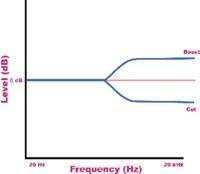 Image source
Image source
. low shelving
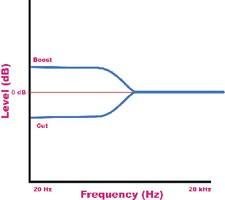
Image source
N/B: The low shelving works below the set frequency while the high shelving works about the set frequency
Bell curve :
This is otherwise known as peak/dip equalizer curve.
This boosts or attenuates a frequency range around a center frequency. this center frequency get's affected the most and this decreases towards the outer frequencies hence making the equalization curve look like a bell.
now let's look at some types of equalizers
Fixed frequency EQ
This can be a shelving or a bell type but it only offers one control which is, it can either boost or cut.
sweepable EQ
This also can be a shelving or a bell type but it offers two control.
- the frequency
- the gain parameter
parametric EQ
This offers three controls
- the gain
- frequency
- the value
N/B
On analogue equalizers only the bell shaped curve are parametric types. The shelving curve are generally of the sweeping type.
This three functions we normally find is the frequency, which cut the central frequency if the bell curve and the starting frequency of the shelve curve.
Q-parameter : This represent the bandwidth of the frequency. This bandwidth can also be called "Quality "
And can be written mathematical as
Q = cf/bw
where
Cf = centre frequency (hertz)
bw = bandwidth (hertz)
This means that the low Q value is the wide bandwidth and a high Q value is a narrow bandwidth.
E. g
If Q= 5000Hz / 2500Hz
Q = 2
meaning a wide bandwidth
If Q = 5000Hz / 1000Hz
Q = 5
meaning a narrow bandwidth
N/B
some equalizer show the Q value as a number although many manufactures make use of symbols to indicate a small or wide bandwidth for the Q value.
Gain(cut/boost)
This amplifies or filters the selected frequencies in the band. The gain can attenuate (cut)
frequencies up to -24dB and can also amplify(boost) frequencies up to +24dB.
This boost/cut amount depends on the model and the components. Digital EQ's offer a higher boost/cut.
Graphic EQ
This offers a series of bell-shaped EQ-bands which are fixed in frequency. so these only offers boost/cut which is controlled with a father.
N/B
bell curve EQ-bands are capable of performing a boost and cut, but they have a fixed frequency selection.
I believe working with knobs, instead of with a very graphical representation of the curve, will let you use your ears a lot more.
We will be discussing more on the equlizers in our next article.
Do well to send in your questions through comments as I will do my best to attend to them.
Thanks for reading,
Until next time
